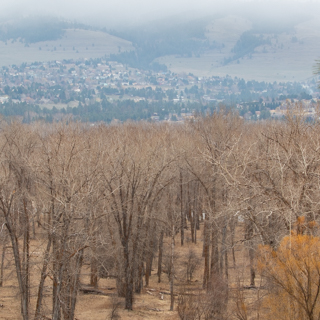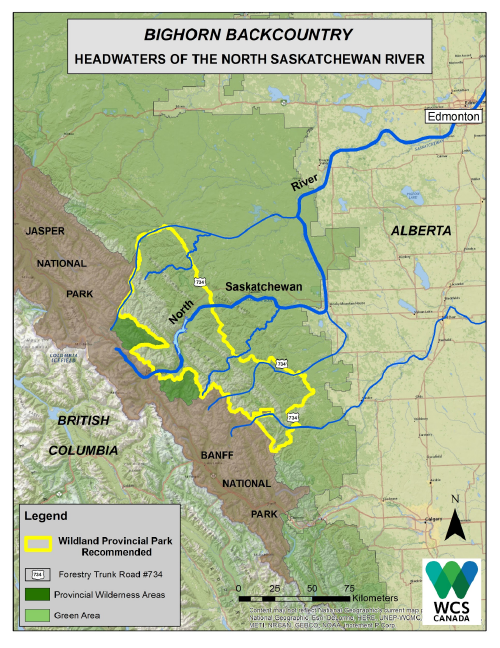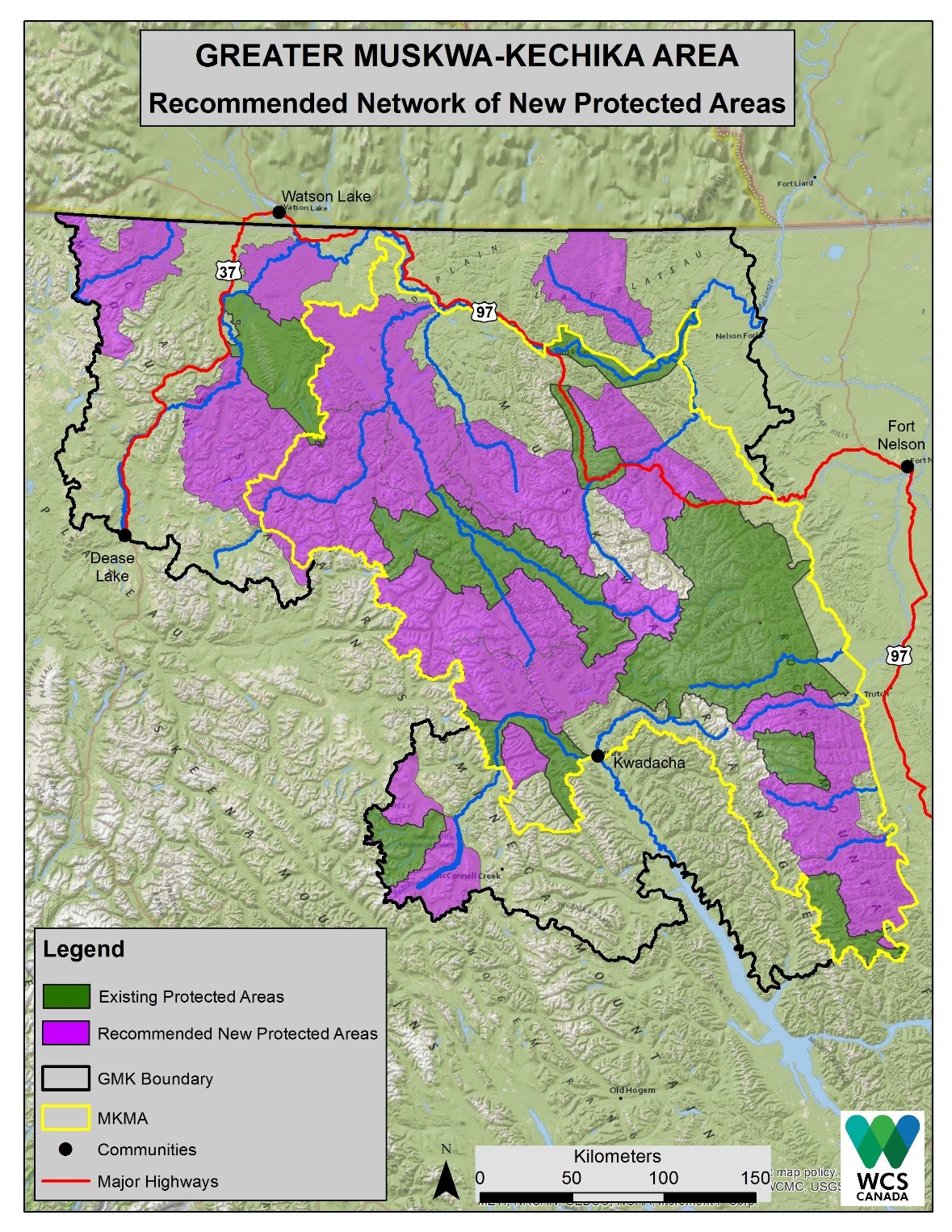Biodiversity Conservation Planning
With Wildlife Conservation Society Canada
Project lead: Claudine Tobalske
For several years, the Spatial Analysis Lab worked with the Wildlife Conservation Society on a series of projects. In the latest of these to be completed, we helped develop habitat models for vulnerable species and assess conservation value for Provincial lands in North Saskatchewan River, Canada. By comparing model outputs with existing conservation areas in the Bighorn Backcountry, we made recommendations for the protection of a significant acreage of currently unprotected land as a new “Wildland Provincial Park”. And these recommendations are making news.
Our most recent collaboration focused on approximately 12 million hectares in Northern British Columbia just south of the Yukon border. The Greater Muskwa-Kechika area (GMK) is home to important populations of woodland caribou, Stone’s sheep, and moose, and comprises the BC portion of the Kaska First Nation. Based on known and modeled species distribution data, as well as on the location of “enduring features” (those physical features of the landscape that will remain unchanged over time as climate changes), we made recommendations for the creation of new protected areas to complement the existing network, effectively protecting over half of the GMK.


